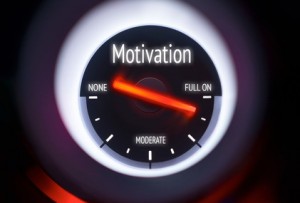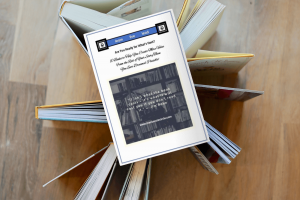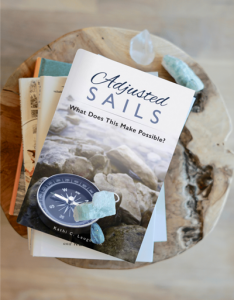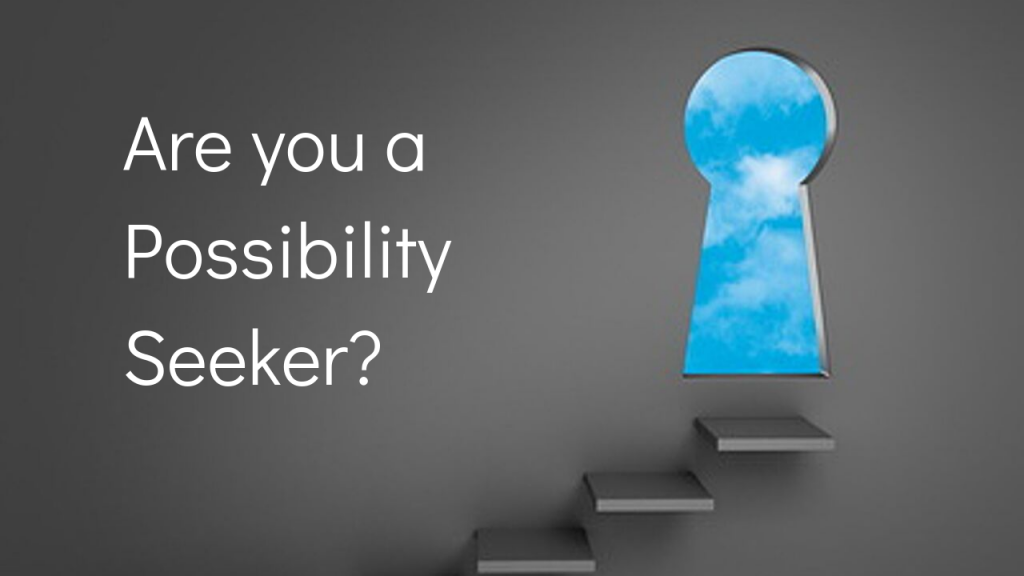 One of the ideas that has intrigued me recently is how we as a society have adopted and are participating in activities designed to create a chain reaction. It’s really not a new concept but for a very long time, unless we were talking about a domino game it wasn’t something we intentionally set out to create.
One of the ideas that has intrigued me recently is how we as a society have adopted and are participating in activities designed to create a chain reaction. It’s really not a new concept but for a very long time, unless we were talking about a domino game it wasn’t something we intentionally set out to create.
And yet today we do.
Whether it’s paying it forward at a Starbucks window, taking on an ice water bucket challenge in support of ALS awareness or inviting friends and families to create gratitude posts on Facebook as examples, we as a society are actively looking for ways to join with a cause and make our world a better place.
What is creating this force of good? From what I have observed, it stems from three fundamental shifts that have impacted all of us. First is the increased recognition that regardless of how different we may be, as a human race, we universally share the same hopes and dreams, and yes, even fears. Technology has created more than a global economy. It has also created a global neighborhood. Instead of being limited to watching life go by from our front porches we are seeing it from the pages and screens of social media platforms and digital communities. This brings us together in ways we might never have imagined and allows us to appeal to each other’s basic humanity in ways we would never have dreamed possible.
The second part of this is that we’re able to readily see and share what happens when we take those steps to join in. That serves to fuel the fire for more. Imagine that if you just paid it forward at the Starbucks window and never found out you were number 498 in an ultimate line of over 700 as happened recently in St. Petersburg, Florida. You would still take satisfaction from having contributed to that one person but now you can know that you didn’t just impact one person, you were part of a movement in a single day that touched over 700 lives. That can be some pretty heady and “hearty” stuff. It also means that the next time you pull up, you might even be number 1 in an ultimate line of over 700 instead of number 498. We like being a part of good things.
The third component of this is that it gives legs to our hope that there is good in our world. The news is filled with so much heartache. We need to know about that, too because we are a part of that as well. But when we have the chance to catch sight of that flame of hope for the good in all of us, it is rejuvenating. We can pause amidst the clutter and chaos and take in a moment that is really just about doing some good. Those moments can even serve to stop the chain reaction of some of the heartache.
How incredibly powerful it is to know that we can create good with such simple acts not just in the moment, but within the moments to come as our actions and examples create the genesis of so many more. The video in today’s post is a story board of this. As each person witnesses a kindness, they are inspired to create one of their own. And in the end, the world is a better place. All because someone cared enough to drop the first domino.
How about it? Let’s start some chain reactions in our lives and with our lives beginning today.
Live today like you want tomorrow to be.
Live well.













